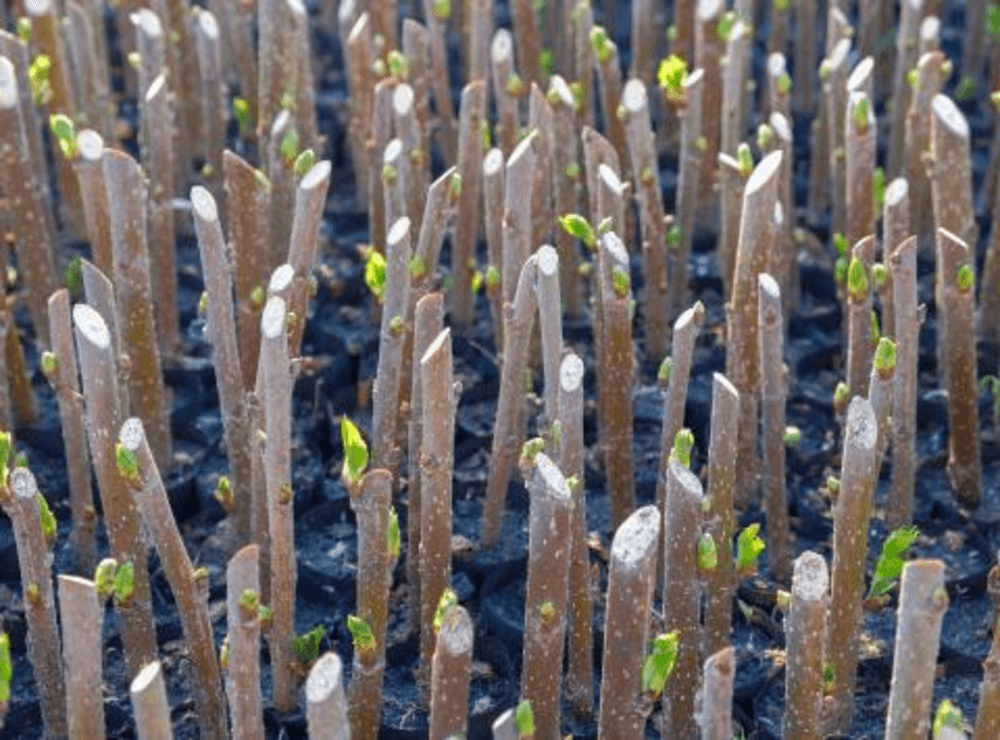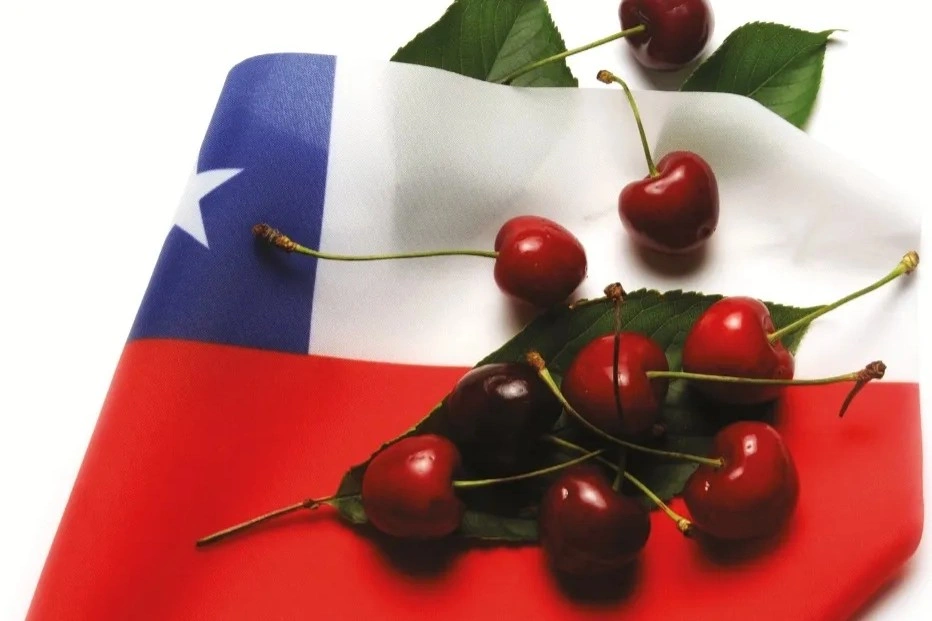Although the country has been cautious in its entry into cherry production, initial experiments are progressing, and exports are expected to begin next season.
However, experts warn that it will still take 7 to 10 years to reach significant commercial volumes. Peru's supply focuses on an early time window, before the Chilean harvest, to secure high prices in China, the world's main destination for this fruit.
However, the high production costs, the lack of adapted varieties, and the competition from Northern Chilean producers trying to advance the harvest are some of the challenges that Peru must overcome to establish itself in this market.
A Growing Market
At the end of last year, Gestión, one of Peru's leading economic newspapers, published an article titled: "Cherries are making their way and could replace blueberries in exports". And it's no exaggeration.
Although Peru is not yet producing cherries on a large scale, interest in this fruit has grown significantly in recent years, particularly towards the Chinese market, which imported cherries worth about 3 billion dollars (2.75 billion euros) in 2023, with 2.2 billion dollars (2 billion euros) corresponding to Chilean cherries.
The potential is clear: if Peru can establish sustainable production, it could compete with its southern neighbor, the world’s largest exporter of this fruit.
Ongoing Experiments
In the last five years, according to Carlos Vargas, an engineer and specialist in fruit cultivation at Peru's National Agrarian Innovation Institute (INIA), companies such as Camposol, Agrícola Andrea, Beta, and others have tested crops in the mountains in regions such as Huancayo, Ayacucho, Huaraz, and Arequipa.
The first commercial harvests are expected by 2026. The president of the Association of Agricultural Producer Corporations of Peru (AGAP), Gabriel Amaro, stated that he had requested access from the National Agrarian Health Service (SENASA) for genetic material from the United States, China, and South Korea, with the goal of developing varieties adapted to Peruvian conditions.
"For now, we have access to some varieties from Chile," he added.
Outlook for Peru
 Figure 1. Gabriel Amaro
Figure 1. Gabriel Amaro
In addition to the interest from exporting agricultural companies, another key factor is the Chancay megaport, which will reduce transportation time to China from 45 to 30 days, making the country more competitive.
"The exports from the tests that Peruvian companies conducted in the mountains, around six years ago, before the pandemic, went smoothly. They were shipped by air and arrived in China in November," says Isabel Quiroz, executive director of iQonsulting, an internationally recognized market consulting firm based in Chile.
 Figure 2. Isabel Quiroz
Figure 2. Isabel Quiroz
"How much longer until Peru becomes a cherry exporter? The truth is, not much because, as I said, they already have significant experimentation in the mountains with different varieties and have already made some test exports. They will most likely export their first cherries from Peru next season," Quiroz adds.
The Challenges to Face
We asked the same question to Ricardo Naranjo, CEO of Camposol. “Peru is in an early phase; it is examining the feasibility of the crop, without scaling commercially, but with great potential for development.
Currently, it is estimated that the country will need seven or ten years to reach commercial production volumes. Although tests with different varieties are already underway, it is still necessary to consolidate agronomic processes, protect post-harvest infrastructures, and open international markets with appropriate health protocols.”
Naranjo explains that the highland climate in Peru offers favorable conditions for cherry cultivation, particularly in terms of cold and water availability. "However, it is still necessary to develop complementary services such as processing, supply, and logistics to ensure fruit quality during transit to international markets," he adds.
 Figure 3. Ricardo Naranjo
Figure 3. Ricardo Naranjo
Another company that has conducted cherry experiments in Peru is Agrícola Andrea. The communications and personnel director, Beto Zaharia Bajtner, comments: "We know that there are companies that have been working on the crop for several years, even with commercial production and trials.
At least in our case, we have not been able to produce an economically sustainable amount or scale it to a globally competitive commercial level. Importing material has been very complicated for producers and even for genetic companies. We are testing different varieties with various approaches; we cannot afford to limit ourselves to just one," he says.
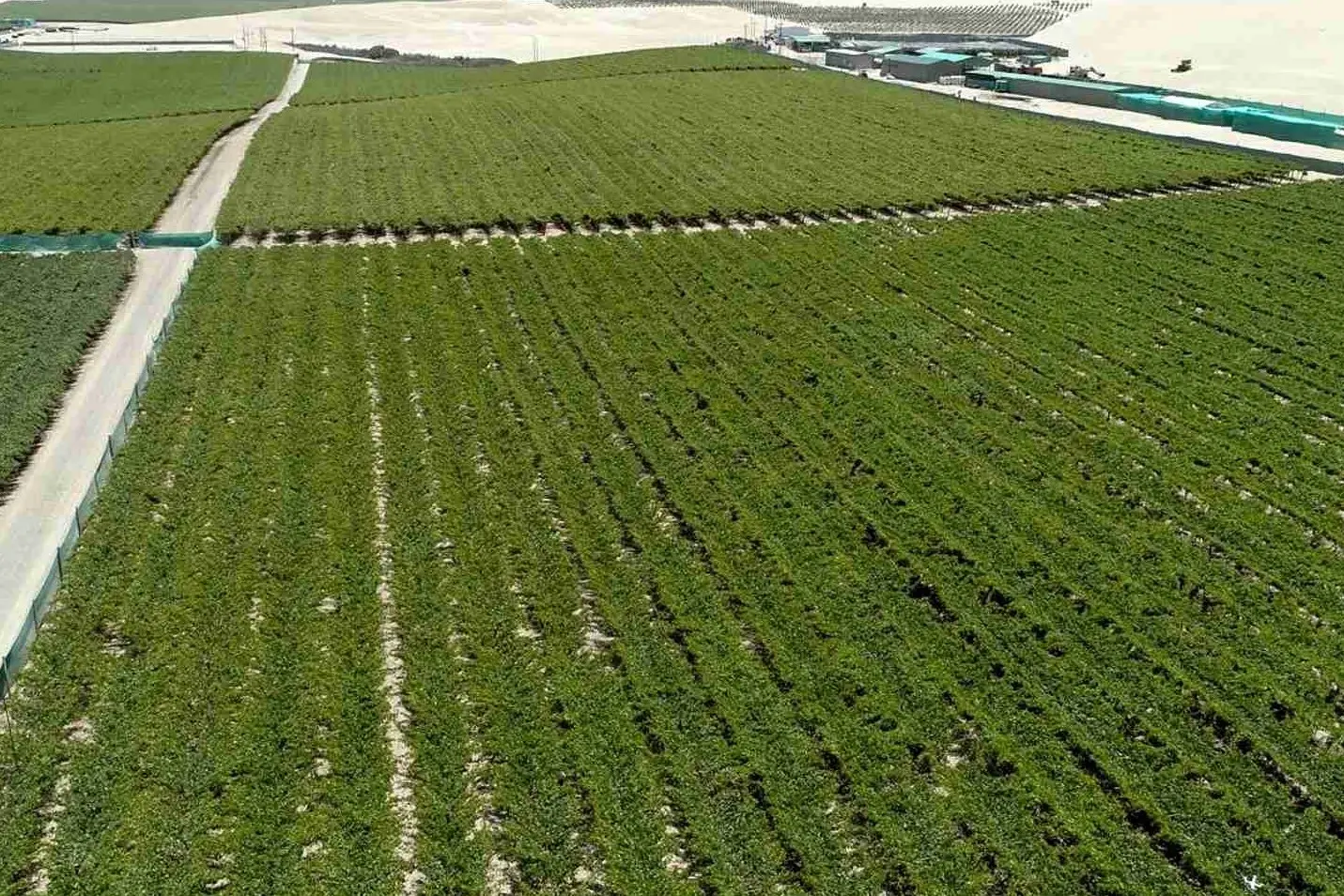 Figure 4. Agricola Andrea
Figure 4. Agricola Andrea
From the Chilean side, Claudia Soler, executive director of the Chilean Fruit Cherry Committee, notes that "Peru has handled the issue with considerable secrecy. I am referring to the producers who, it is said, are conducting the tests.
Therefore, it is difficult to know how successful their attempts have been in producing cherry varieties suited to their conditions. The Committee does not have clear and accurate information. As for the import of material, we know it has been complicated, but it seems they have made progress on this issue. Even this information has been handled confidentially; we do not have clarity or certainty."
The goal for Peru would be to harvest before Chile, meaning in September or early October, when the best prices are achieved thanks to the demand from China. If cherries thrive in Peru, would Chile be in trouble?
Claudia Soler responds: "We know that, in addition to seeking a specific window, the tests are currently aimed at achieving cherry production under agro-climatic conditions. Although, as I mentioned before, this is a topic that has been kept confidential, and we are not certain of Peru's strategy.
However, the entry of new producing countries clearly exerts greater commercial pressure on the system, mainly on demand, and we will have to continue working to encourage consumption, both in current and potential markets."
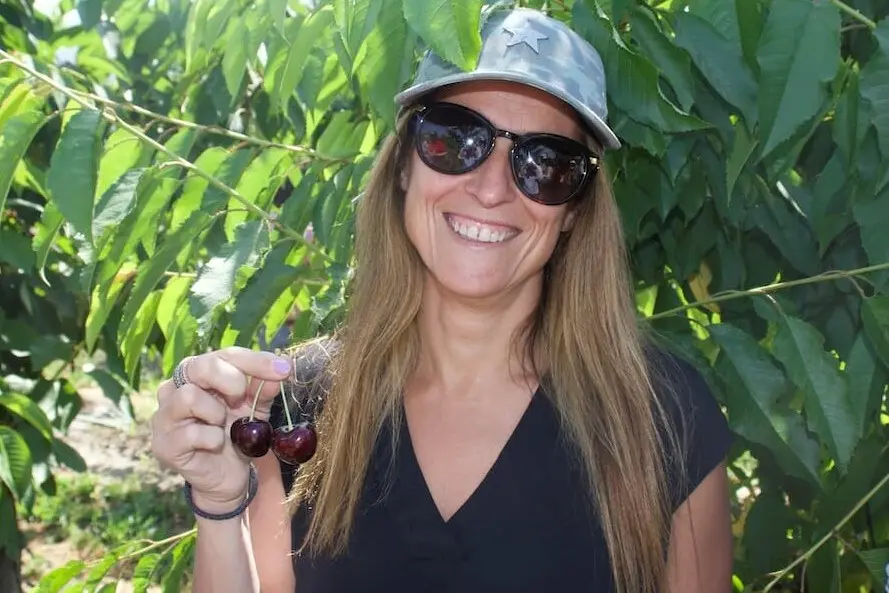 Figure 5. Claudia Soler
Figure 5. Claudia Soler
For her part, Isabel Quiroz suggests that Chile could indeed be in trouble if the cherry industry thrives in Peru: "It could be, because if Peru produces a very high quantity of cherries during that initial period, prices there will obviously tend to stabilize and return to the levels of high Chilean production. But it will take a long time to get there."
Variety is Key
"Peru is far from becoming a cherry exporter. I don't believe this will happen before ten years; it takes time to test varieties, rootstocks, and locations for one to succeed and for enough to be planted to reach an exportable volume," says Samuel Escalante, commercial director of Viveros El Tambo Peru and Chile.
He adds: "The importation of genetic material faces high sanitary barriers that are difficult to overcome. Having our own varieties is an important issue, as there are no genetic improvement programs in Peru. This is common in Latin American countries; the genetics for all fruit species come from developed countries. In Peru, I only know about the local genetics for blueberries."
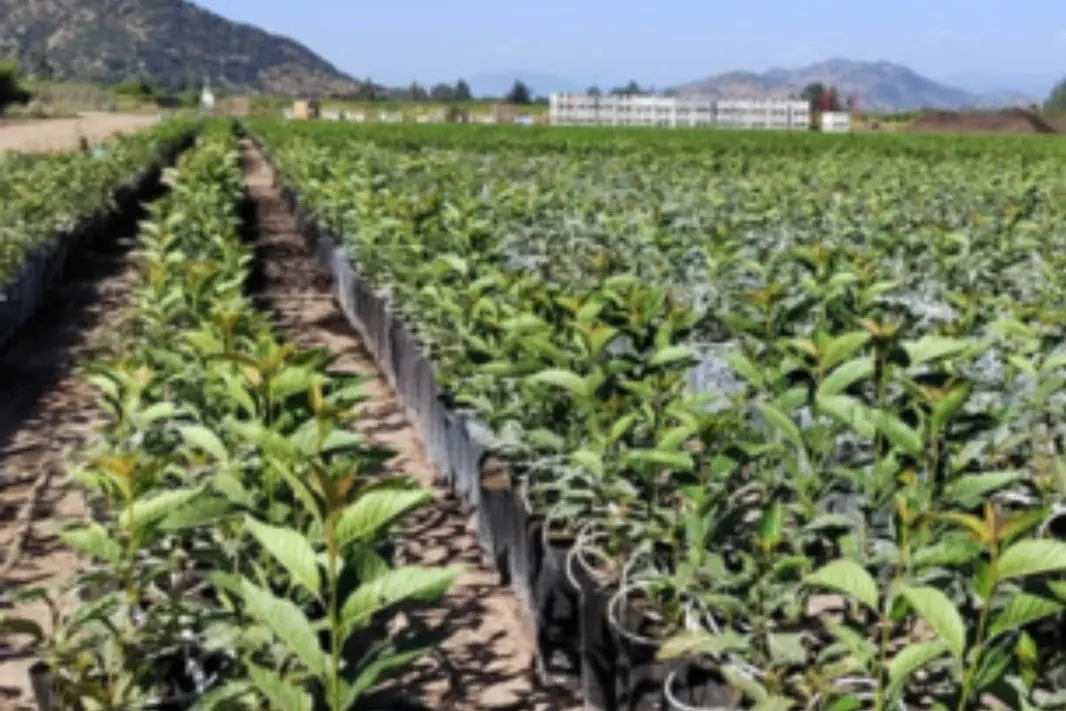 Figure 6. Viveros El Tambo
Figure 6. Viveros El Tambo
Escalante warns that the first tests in Peru have not been successful, as varieties with medium or high cold requirements and Colt rootstocks were chosen, which do not contribute to early maturation.
"The areas chosen for these tests were also unsuitable. New genetics with low cold Bloom Fresh characteristics have arrived in Peru in the last two years, and this year there will be material to test.
Varieties from the University of Bologna (UNIBO) have also been introduced through ANA Chile, where some have had good results in the Coquimbo region, which has relatively low cold temperatures and could be compared to some areas in Peru. The idea is that they are early varieties, and this is where Peru has the opportunity to get good prices," adds Samuel.
 Figure 7. Iván Marambio
Figure 7. Iván Marambio
Iván Marambio, president of Frutas de Chile, says it is impossible to know Peru's true goal: "We don't know what their intentions are. We assume they are in the early stages of trying to produce cherries. I don't think they are thinking about which window they will produce. The early window, from September to early October, is one that the Northern Hemisphere fruit would not cover. Perhaps local fruit from China would. Therefore, at the moment, we don't see anything to worry about."
"The fact that new players are entering the cherry business in the Southern Hemisphere is, of course, an issue that puts more pressure on demand, and we will need to work to increase it in due time," he comments.
Like Claudia Soler, Marambio emphasizes the reservations of Peruvian exporters: "We know that Camposol would be one of them. In fact, it is part of Frutas de Chile and the Cherry Committee, and this season it exported cherries from Chile."
Ricardo Naranjo and the obstacles
Ricardo Naranjo, CEO of Camposol, confirms that during the early years of cherry experimentation in Peru, the lack of clear phytosanitary protocols hindered the importation of cherry genetic material, delaying research and development of this crop in Peru.
For several years, farms had to deal with restrictions on introducing varieties from major producing countries, such as the United States, Italy, Chile, and Israel, due to the lack of defined import procedures. This obstacle had a significant impact on the progress of the sector.
"When Camposol began the process of importing its first varieties from Chile in 2010, it took about five years to obtain the necessary permits and certifications, finally introducing them in 2015. However, in recent years, these challenges have decreased significantly, making it easier to access new varieties with improved adaptation and performance.
Although the situation has improved, there are still aspects that need to be optimized, such as simplifying the approval of import protocols and registering agrochemicals specific to this crop to accelerate its development in the country," says the executive.
The long-awaited early window
Without further delay, Ricardo Naranjo reveals Camposol's intentions: "Yes, our strategy is focused on producing and harvesting cherries before Chile, within the September-November commercial window. This period is crucial because there is unmet demand in China and other Asian markets before the start of the Chilean season.
Chile dominates global cherry exports, sending almost 97% of its production to China between December and January. However, the high concentration of shipments during those months has created issues with excess supply, which has affected prices.
On the other hand, entering the market with Peruvian cherries in an earlier commercial window would allow us to position ourselves as a strategic supplier of fresh fruit when the market is still lacking supply.
It is important to highlight that, in the first cherry shipments from Chile to China, around week 40, prices can reach between $40 and $50 USD/kg (37-47 €/kg), while at the peak of the Chilean season, prices drop to $7-$10 USD/kg (6.50-9.30 €/kg) and even lower levels, as happened this season."
"Our goal is to secure the high early-season prices with high-quality fruit and consolidate Peru as a relevant player in the global cherry industry."
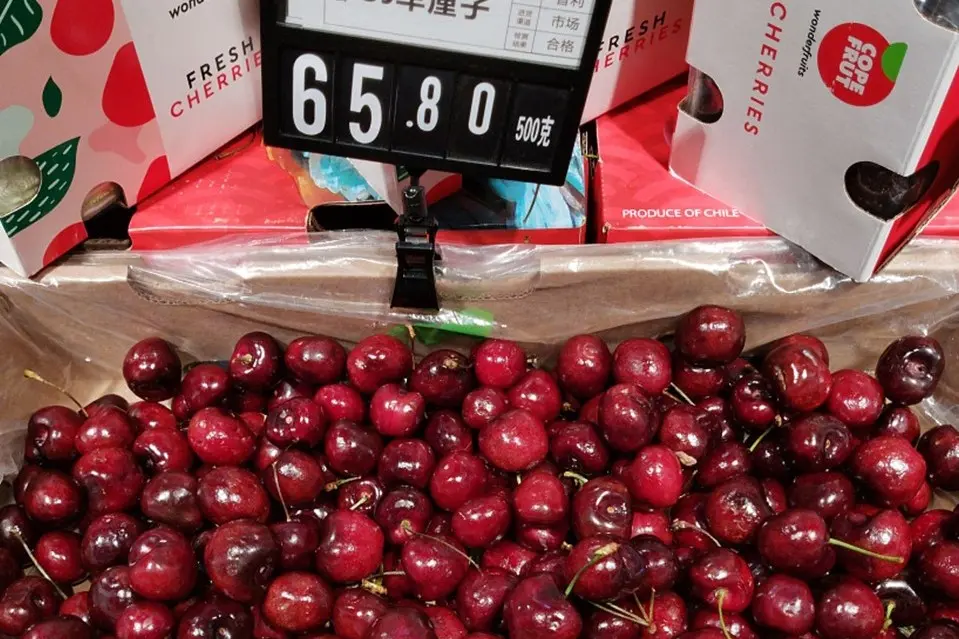 Figure 8. The price of cherries is directly correlated to quality
Figure 8. The price of cherries is directly correlated to quality
Beto Zaharia Bajtner from Agrícola Andrea confirms the goal of Peruvian producers: "We would get very good prices if we could harvest in September and October, and this is undoubtedly a goal that many aim for, including producers from Northern Chile who are making progress with new varieties and production methods.
We don’t believe this will affect the industry in Chile, which focuses its production in December and January; we find it hard to beat Chile in terms of efficiency or quality during those months. At Agrícola Andrea, we have small trials in Arequipa and Ayacucho, in the mountains, both cities close to our current operations.
It is very premature to define the market we will target; first, we need to be able to produce well, and we have not succeeded yet."
The advance on the Chilean season
The goal is certainly to get out before Chile. It seems that this is the unanimous consensus among Peruvian producers. Samuel Escalante from Viveros El Tambo emphasizes that in Chile, producers start harvesting early varieties at the end of October with very low volumes, increasing yields in November.
"Before Santina, which is the first early variety with high volumes. The price problem for Chilean cherries this season stemmed from the large volume arriving in China at the beginning of January, corresponding to shipments from early December, not early fruits.
It doesn't make sense for Peru to harvest in the same period as Chile, which has climatic conditions suitable for producing large volumes of high-quality cherries with good post-harvest conditions."
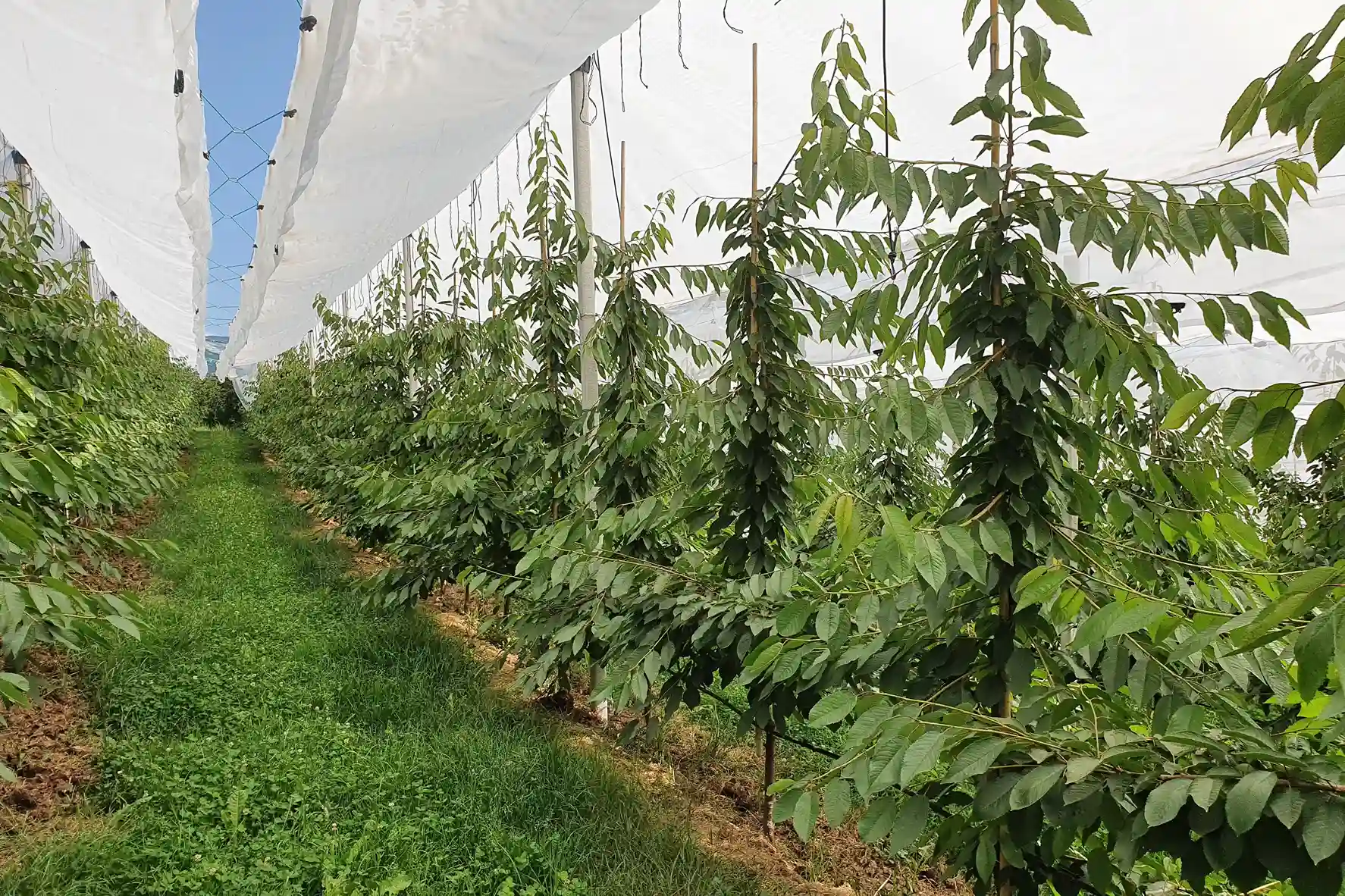 Figure 9. Pedo-climatic conditions are decisive
Figure 9. Pedo-climatic conditions are decisive
In the same line, Ricardo Naranjo argues that the growth of cherry production in Peru should not represent a crisis for Chile, as both countries operate in different production windows: "Chile concentrates its harvest between December and February, aligning with the Chinese New Year, while Peru tries to enter the market between September and November, when global supply is limited and prices are higher".
However, it is important to consider that Chilean producers are investing in advancing their harvest through technology, new varieties, and expanding into more northern areas of the country, with the aim of entering the market earlier.
While Peru has natural climatic advantages that allow it to produce earlier than Chile, success in the sector will depend on the ability to develop adequate infrastructures, optimize logistics, and establish quality standards that ensure competitiveness in the global market.
All roads lead to China
Before defining its markets, Peru will face the challenge of cherry production, verifying the feasibility of efficiently and optimally producing this crop, adapting to the geographical and climatic conditions, and defining harvest dates.
This is the opinion of Claudia Soler, executive director of the Chilean Cherry Committee for fruit. "Size, color, consistency, and post-harvest duration are all factors that will determine the market to which the fruit will be shipped.
It is important to underline that Peru must therefore ensure access to the target market for the product," she warns.
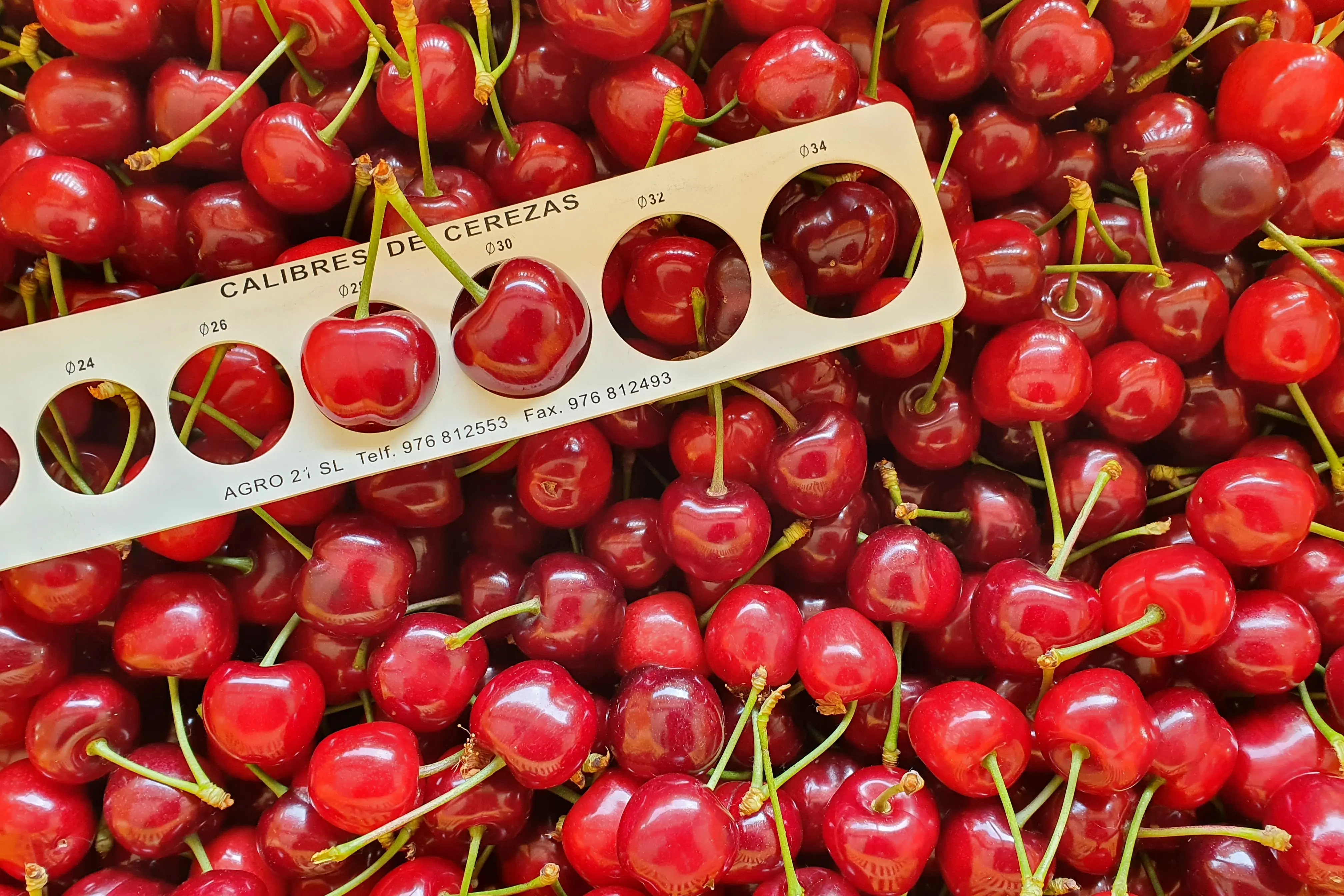 Figure 10. Size, color, hardness, and post-harvest duration are fundamental parameters for export
Figure 10. Size, color, hardness, and post-harvest duration are fundamental parameters for export
But what would be the markets for Peruvian cherries? The same as Chile’s? Isabel Quiroz, executive director of iQonsulting, answers firmly: "In fact, they are the same as Chile’s, as they are for cherry producers in Argentina. And (Peru) will face the same problems as Chile; if there is a higher production, the price will drop and, sooner or later, Peruvian producers will have to place their fruit in secondary markets.
Basically, there is nothing new regarding markets. Why has Chile historically focused on China? Because it is the only country that values cherries beyond the fruit itself. And this value that the Chinese consumer adds to cherries is what makes the prices so high as we saw last year.
I don’t want to talk about this year, because this year we had a volume problem, but that doesn’t mean that the Chinese consumer’s appreciation for cherries won’t remain; it means that we need to look at other markets and leave the highest quality fruit for this population that can afford to pay very high prices. We must take care of this market."
So the Peruvians are still looking at China. They are looking at China in the early period because of high prices, needed for the high production costs they have right now, due to low productivity they still face, as they have to adapt all techniques.
But once everything is in place, they have significant productions and are entering a similar dynamic to Chile’s, they will need to look at other markets, just like Chile needs to do now.
The competition of cherries is nothing new for Chile; we’ve had it for a long time with New Zealand, Australia, Argentina, and even South Africa; the Peruvians won’t be the first."
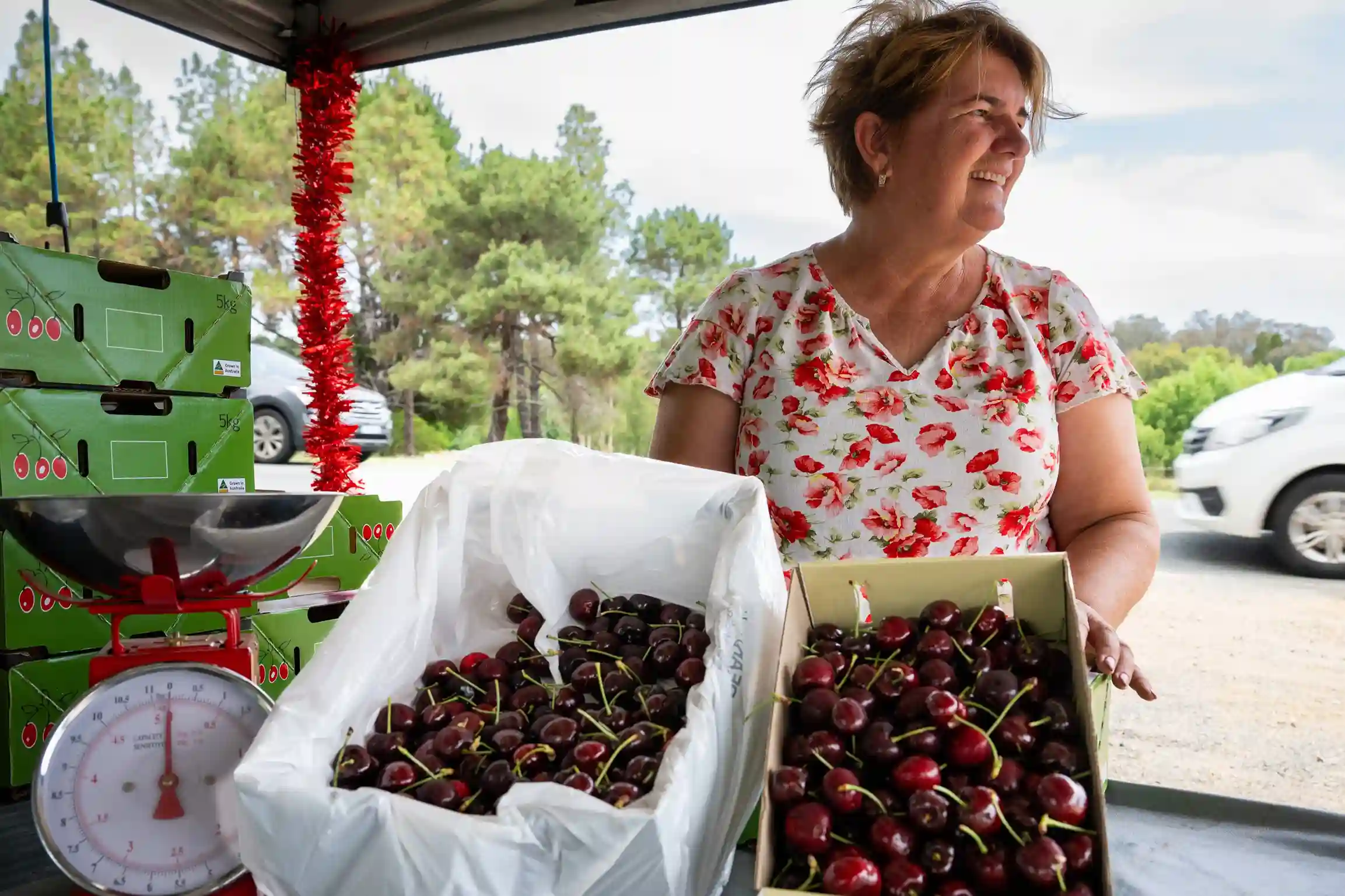 Figure 11. Off-season cherries produced in Australia
Figure 11. Off-season cherries produced in Australia
The challenge of production in Peru
Quiroz warns that producing in Peru is not easy. The costs are very high, especially because the mountain production method requires variety adaptation. In short, "they are not yet punctual," mainly because the existing projects have not yet reached a production scale sufficient to allow them to achieve the high production levels of Chile.
"Of course, nothing is impossible because there could be different varieties, new production techniques, etc. Nothing is impossible in terms of production. We can’t say Peru won’t succeed, but at least I believe that in the next eight years, Chile will continue to be the global leader in early cherry production," Quiroz emphasizes.
She adds, "Now, we must consider that the Peruvians have a distinct idiosyncrasy and approach agriculture differently than all these countries I mentioned. They’ve grown exponentially with blueberries, the same with table grapes and even with avocados. But the physiological conditions of cherries have made this crop much more difficult for them, and they have been trying for years; it hasn’t been so easy with cherries.
Will they succeed? Yes, they will, but with more difficulty than other crops. So I don’t see an exponential growth even in Peru."
The Peruvian export plan
But is there already a chronological export plan for Peruvian companies, like Camposol?
Ricardo Naranjo answers: "At Camposol, we started trials with different varieties from the United States and Italy. In the current research phase, we are focusing on the validation and adaptation of cherry cultivation in different regions.
As part of this process, we have already conducted tests with shipments of samples to Hong Kong to assess the reception and commercial performance of our fruit.
While we consolidate our agronomic management and production at scale, we will move forward in defining a solid export plan that will allow us to strategically position ourselves in international markets."
Gabriel Gargurevich Pazos
Vision Magazine Latin America
Cherry Times - All rights reserved
















